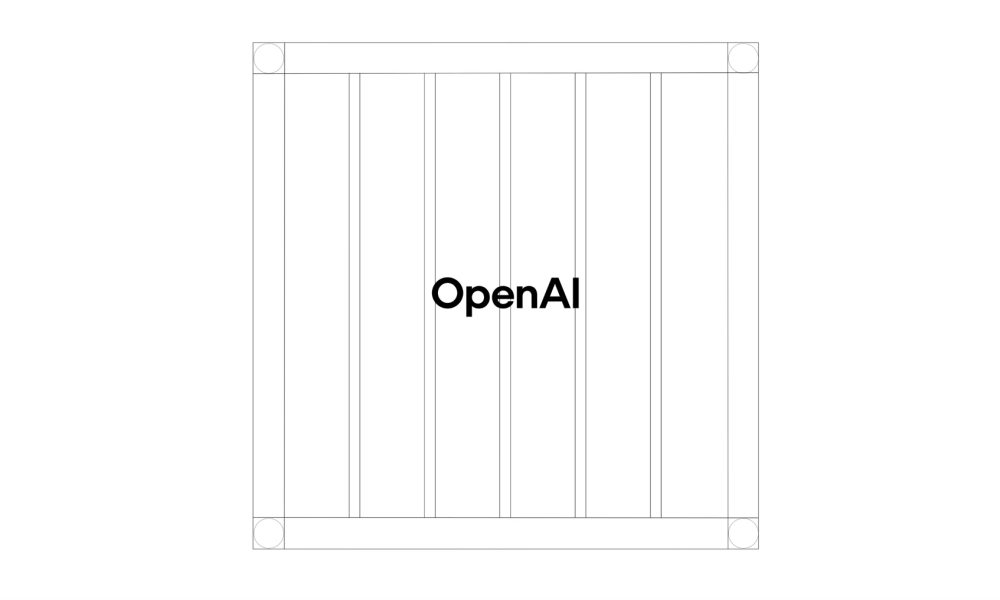Share Share Share Share Email In the evolving world of algorithmic trading , innovation is critical for maintaining an edge in the markets. Ramprasad Reddy Mittana , an expert in the field, highlights how the fusion of human expertise and artificial intelligence (AI) is reshaping financial trading. His insights into the symbiotic relationship between human judgment and AI’s computational power offer valuable perspectives on improving trading strategies and risk management in today’s financial markets.
The Transformation of Algorithmic Trading The financial landscape has undergone dramatic changes in recent years. Algorithmic trading has become a dominant force, now constituting 70-80% of trading volume in major global markets. The rise of high-frequency trading, with execution speeds measured in microseconds, underscores the technological advancement reshaping trading dynamics.

AI enables traders to capitalize on fleeting market opportunities, leveraging datasets to make real-time decisions. However, this advancement has led to new challenges, such as the need for sophisticated oversight mechanisms. Navigating Risks with AI-Powered Precision Despite the potential of algorithmic trading, it is not without pitfalls.
A prominent example is the May 6, 2010, Flash Crash, where algorithmic trading systems led to a massive market disruption. The event highlighted how automated systems can exacerbate market volatility, especially in times of crisis. He argues that a hybrid approach, combining AI’s pattern recognition with human intuition, offers a balanced solution.
This partnership allows for better risk management, especially during market instability when AI systems struggle to make decisions outside of training data. Deep Reinforcement Learning: A Game-Changer for Portfolio Optimization The integration of advanced machine learning techniques, particularly deep reinforcement learning (DRL), has revolutionized portfolio optimization. DRL-based strategies outperform traditional models, providing up to 25% higher returns, particularly during market stress.
This advantage lies in the adaptability of AI systems, which learn from market behaviors and adjust accordingly. These models not only enhance performance but also reduce risk by improving decision-making during volatile times, demonstrating the importance of adaptive learning in markets. The Crucial Role of Human Judgment in Complex Scenarios While AI excels at processing large amounts of data and identifying patterns, it often lacks the nuanced understanding required for market situations.
During the COVID-19 market disruptions, for instance, AI systems struggled to adapt to extreme volatility. Human traders, leveraging contextual awareness, were able to maintain more stable performance. His research highlights the irreplaceable role of human expertise, particularly in risk management.
Algorithms, although precise in regular conditions, fail to account for shifts in market dynamics, a gap human oversight can bridge effectively. Designing Effective Human-AI Collaborative Systems For AI-human collaboration to thrive, it requires a well-structured system architecture that promotes interaction between the two. Effective systems integrate AI’s real-time processing power with human intuition, ensuring traders can act swiftly when necessary.
This design improves the efficiency of trading operations and enhances decision-making by providing transparency into the AI’s rationale. Building trust between human operators and AI systems is crucial. One of the key challenges in this collaboration is interpretability—human traders need to understand the reasoning behind AI-driven decisions.
Transparent AI models that offer clear explanations of their outputs are essential for fostering confidence and ensuring that traders can make informed decisions. Looking Ahead: Quantum Computing and AI’s Future in Trading The future of human-AI collaboration in algorithmic trading is bright, with emerging technologies like quantum computing set to transform the industry. Quantum computing promises to speed up financial modeling, making portfolio optimization and risk analysis more efficient.
The integration of quantum computing with AI could offer unprecedented computational power, further enhancing trading strategies. However, the complexity of these technologies will require rethinking human oversight, as the interpretability of quantum-based systems remains a challenge. In conclusion, as financial markets evolve, the balance between automation and human oversight will be crucial.
The fusion of AI’s ability to process vast amounts of data with human expertise in interpreting complex market conditions offers the best pathway to success in algorithmic trading. This work by Ramprasad Reddy Mittana underscores the importance of this collaborative model, suggesting that organizations integrating both human and AI strengths will be best positioned to navigate the complexities of financial markets. The ongoing refinement of these collaborative systems will continue to shape the future of trading, ensuring that both technology and human judgment are utilized effectively.
Related Items: AI , Trading Efficiency Share Share Share Share Email Recommended for you AI-Driven Performance and Chaos Engineering: Reshaping Cloud-Native Architectures Revolutionizing Supply Chains: The Future of Inventory Tracking and AI Forecasting Revolutionizing Financial Reconciliation: The Power of AI and Human Collaboration Comments.
Technology

Enhancing Trading Efficiency Through Human-AI Collaboration

In the evolving world of algorithmic trading, innovation is critical for maintaining an edge in the markets. Ramprasad Reddy Mittana, an expert in the field, highlights how the fusion of human expertise and artificial intelligence (AI) is reshaping financial trading. His insights into the symbiotic relationship between human judgment and AI’s computational power offer valuable [...]The post Enhancing Trading Efficiency Through Human-AI Collaboration appeared first on TechBullion.















